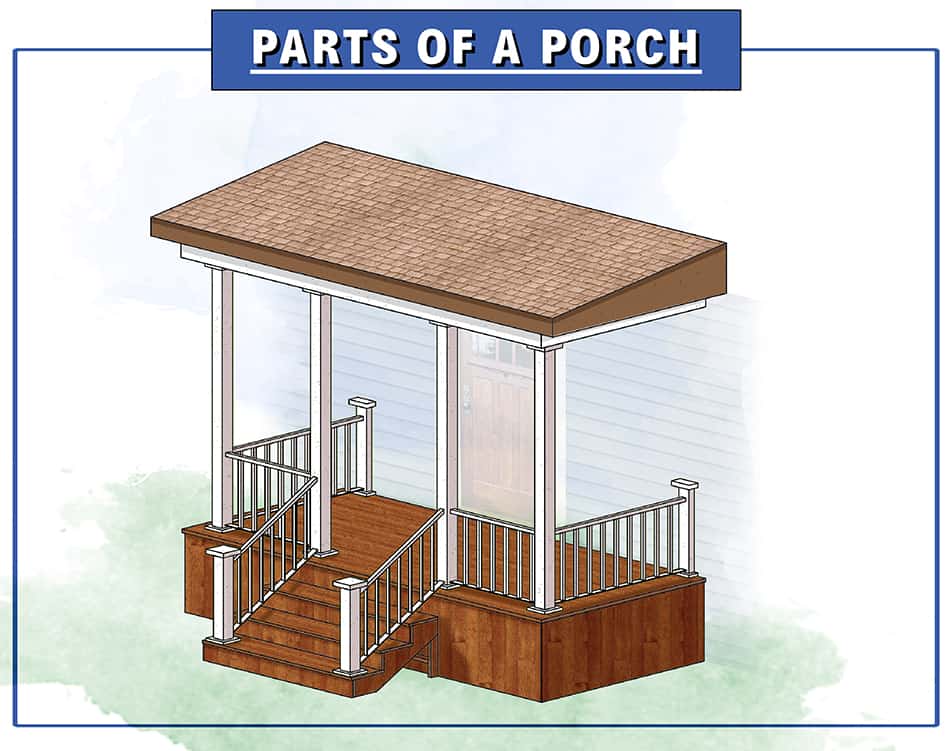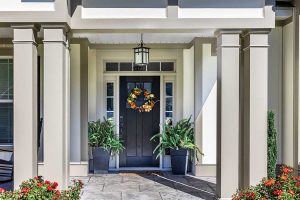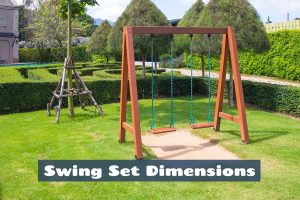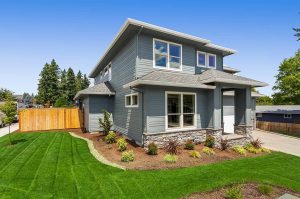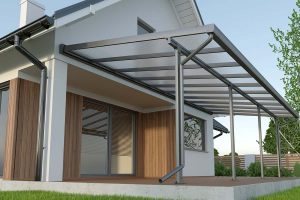The front porch is one of the most common architectural features. It’s a favorite spot for people-watching, at least in the city. Here are the porch parts that any homeowner should remember, whether you’re building in or rehabilitating an existing one.
We’re talking about everything from porch decking to porch ceilings and everything in there. Each aspect serves as either a structural element for your porch or a stylish component that reflects your personality and adds curb appeal.
A stylish and functional front porch can be established by choosing the right materials. Legitimacy is often ensured by woodwork that represents the architectural design.
Porch railings, balusters, porch columns, trims, porch stairs, and porch lights are all things that can be seen on a porch. Let’s take a look at it.
Here is a great diagram that we put together to illustrate the main parts of a typical porch.
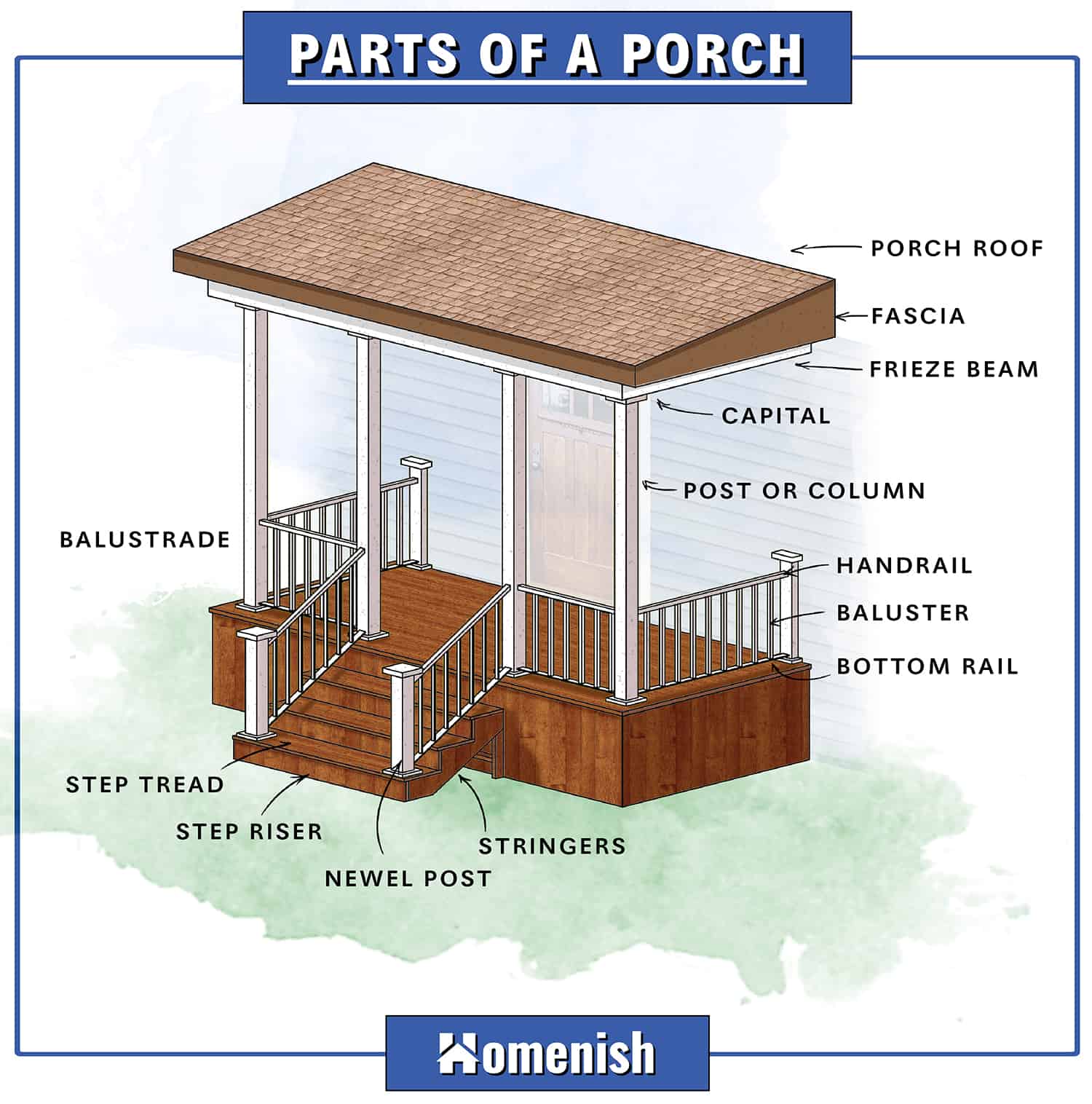
The Porch Roof
The porch’s weather protection is provided by the overhead canopy. It’s typically constructed as a shed roof with a single, inclined roof plane. A porch without a porch roof can be considered a deck. Make sure to take a look at our page on the parts of a deck to understand how it is constructed.
The Fascia
A flat trim board that extends along the porch roof’s front side, just under the shingles’ edge. It hides the ends of the roof rafters and gives the porch a tidy, finishing touch.
The Balustrade
Balusters, rails, and newel posts make up the whole railing structure.
The Frieze Beam
This structural aspect helps move the load of the porch roof to the pillars or posts by supporting it. A section of flat trim, popularly known as a frieze board, is traditionally used to conceal the perimeter of the beam.
The Capital
The topmost decorative portion of a post or column. (Its name comes from the Latin word caput, which means “head.”)
The Column or Post
The porch roof is held up by these vertical elements for support. The required reinforcement is usually provided by an inner core of solid-wood timber or steel.
The Handrail
A balustrade’s topmost horizontal section. It’s usually rounded or chamfered to make it easier to hold.
The Baluster
Vertical spindles stretch the space between a balustrade’s handrail and bottom rail. Balusters must be separated no more than 4 inches on center, according to most building regulations (measuring from the center of one baluster to the center of the next).
The Newel Post
This broad pillar, which is positioned on or near the bottom level, supports the balustrade and gives the staircase visual weight and importance.
The Footings
The porch’s load is supported directly on the ground by the footings. Footings must be a minimum distance below grade to stretch above the frost line to be large enough to distribute the weight, depending on your precise geographical area. The dead load refers to the weight of your building, as well as people, furniture, and snow (known as the live load).
The Rafters
Rafters are structural elements that run parallel to the beam and on top of it. They stretch up the building’s face on a slant. Along the length of the porch, rafter spacing is either 16″ or 24″ separated. A roof’s pitch (slope) is described as “the number of vertical feet the roof rises for every 12 feet of horizontal measure.”
As a result, a roof with a 4/12 pitch can climb 4″ for every 12″ it extends. If the rafters are built with a 4/12 pitch, and the porch is 8 feet deep from the front of the house to the beam, the Rafters will cross the face of the building 32″ above the porch beam.
The Bottom Rail
It protects the balusters and ties the columns horizontally around the bottom of the balustrade.
The Step Riser
The vertical boards that connect the stair treads and close the gap below each step.
The Step Tread
Each move has a smooth, horizontal walking floor. Treads are usually 10 to 14 inches thick with a blunt front edge known as the nosing.
The Stringers
The inclined, sawtooth boards that protect the staircase are known as stringers. They’re typically made out of 2512s and spaced 16 inches apart. The clear stringers on either side of the staircase are usually hidden behind a trim board.
The Porch Skirting
Porch skirting is often used on front porches and decks to conceal the transparent floor joists and columns beneath the buildings. Vinyl panels are also ideal for mobile home skirting.
The Vinyl Porch Railings
Vinyl porch railings, also known as lattice deck railings, are a great choice for those looking for a low-maintenance, long-lasting alternative with a distinctive style. Vinyl railings can be trimmed to virtually any design as long as they follow the requirements of your local building standards. Of course, there are many other options and ideas for porch railings as well, such as metal, wooden, and glass.
The Ceiling Joists
Ceiling joists are structural elements that are installed on top of the beams, which are next to each Rafter. If the ceiling is to be mounted to the bottom of the rafters, ceiling joists should be skipped. Furthermore, some rustic architectural designs exclude the ceiling entirely, leaving the rafters exposed.
When the roofing is metal or wood shingles, this may look good. Many new residential development roofs, on the other hand, are sheathed in plywood and coated in composition shingles, so leaving the rafters uncovered often reveals the plywood.
The Ledgers (Ribbon Boards)
Ledgers are horizontally fastened boards that carry the ends of either the rafters or the ceiling joists. Steel Joist Hangers are recommended as a means of fastening Joists and Rafters to the Ledgers because of their ease of construction and durability.
The Porch Ceiling
Within a building, the standard ceiling height is 8 feet. Your porch should have at least 8 feet of ceiling height to appear spacious, but porches with much higher ceilings are very conventional.
For a given pitched roof, though, the deeper the porch, the lower the front eave would be. The roof slope must be adequate for the kind of roofing that would be used.
The Porch Slab Foundation
Concrete front porch supports are usually poured at a level over a base material such as gravel or stone. Porch slab foundations do not have to be at ground level. Concrete slabs can be placed at any level and come in a variety of finishes.
Concrete blocks are commonly used to construct the structure of a porch that is a few feet off the ground. It is then filled to within 4 inches of the surface with stone. On top of it, concrete is then poured.
Conclusion
Between support points, screens may be installed to allow air passage while keeping insects out. Porch interiors may be outfitted with electrical outlets and accessories such as lamps and fans.
Porches may be finished in a variety of forms by using tongue and groove cedar for the roof and back wall. Rails can be used in place of knee walls, and operable windows and even skylights can be added. Your only constraints are your creativity and your budget.
